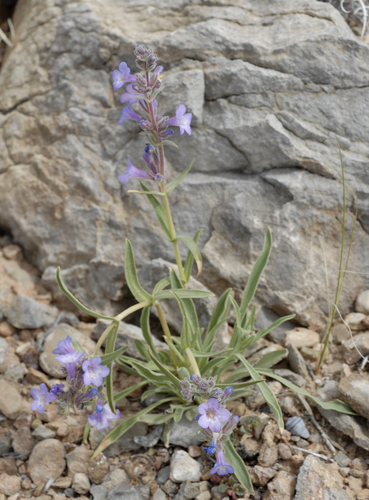≡

(Tap or click to view all images.)
Photo by springlake1; springlake1; zharkikh; Ty Harrison
springlake1; springlake1; Andrey Zharkikh; Ty Harrison
Marcus Jones' Penstemon
Penstemon marcusii
NatureServe conservation status
Global (G-rank): G2
State (S-rank): S2
External links
Species range
Penstemon marcusii is endemic to the Navajo Basin in Utah and can be found in Carbon, Emery, and Grand counties.
Threats or limiting factors
The main threats to this species are habitat loss due to expansion of urban footprint and energy development. Some occurrences (on BLM) are in grazing allotments. Drought is also likely impacting this species. Frates Feb. 2020 (UNPS accessed 2024): the Jerry's Point occurrence (see Sego Lily articles by Ty Harrison of July 2016 and later by Normam Anderson Fall 2019) is currently being disturbed by a bulldozer, plants have been directly impacted, and this occurrence may soon be lost. Harrison reported that the type location at the Price City cemetery had been destroyed by a new city park and BMX facility.








